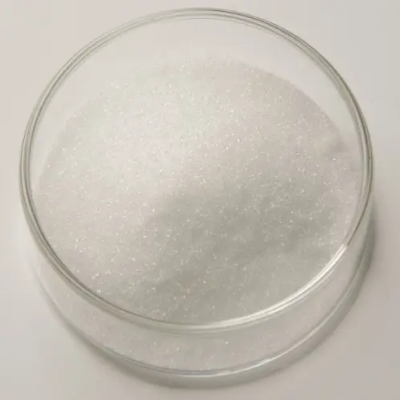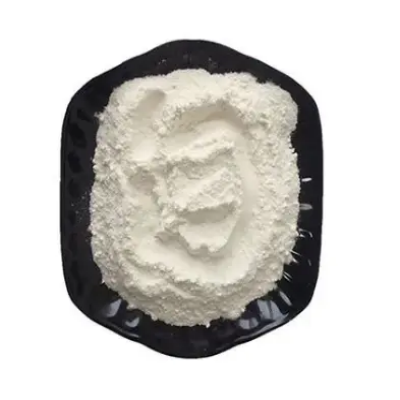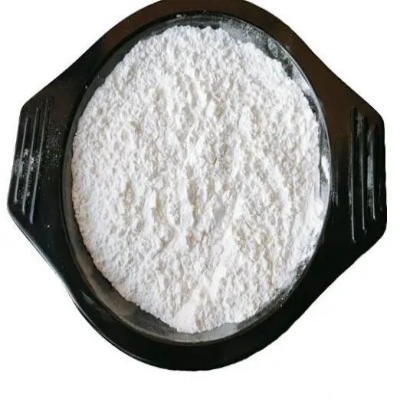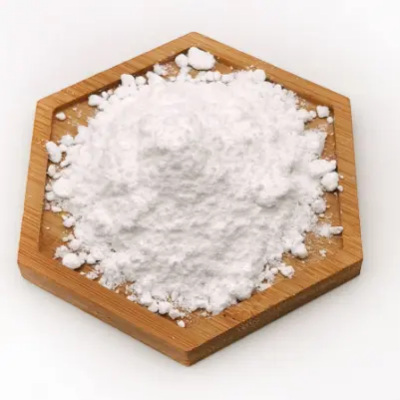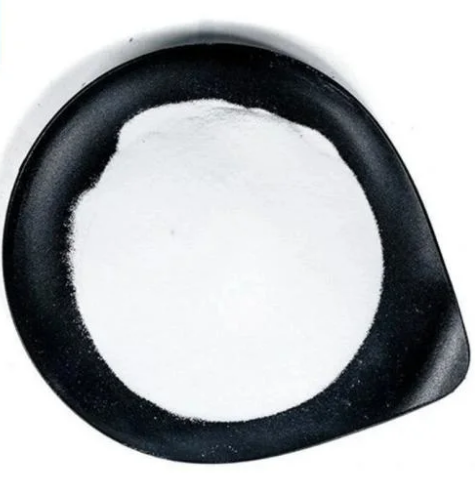2,6-Dibromonaphthalene CAS:13720-06-4
2,6-Dibromonaphthalene serves various purposes across different fields: Organic Synthesis: It acts as a versatile building block in organic synthesis, particularly in the construction of complex organic molecules and pharmaceutical intermediates. Material Science: This compound is employed in the preparation of polymers, liquid crystals, and other advanced materials due to its unique structural features and reactivity. Agrochemicals: It finds application in the synthesis of agrochemicals such as insecticides and fungicides, contributing to pest control and crop protection efforts. Chemical Research: 2,6-Dibromonaphthalene is utilized as a reagent in chemical research, facilitating the investigation of reaction mechanisms and the discovery of new chemical transformations. Electronics: It is used in the production of organic electronic devices, including organic light-emitting diodes (OLEDs) and organic photovoltaic cells, due to its electron-donating properties and compatibility with electronic applications. Analytical Chemistry: This compound serves as a standard reference material and a calibration standard in analytical techniques such as chromatography and spectroscopy for the identification and quantification of substances. Photonic Materials: Its optical properties make it suitable for the development of photonic materials used in optical communications, sensors, and imaging technologies. In summary, 2,6-Dibromonaphthalene's versatility and reactivity make it valuable in diverse scientific and industrial applications, ranging from organic synthesis to material science and electronics.



| Composition | C10H6Br2 |
| Assay | 99% |
| Appearance | white powder |
| CAS No. | 13720-06-4 |
| Packing | Small and bulk |
| Shelf Life | 2 years |
| Storage | Store in cool and dry area |
| Certification | ISO. |


